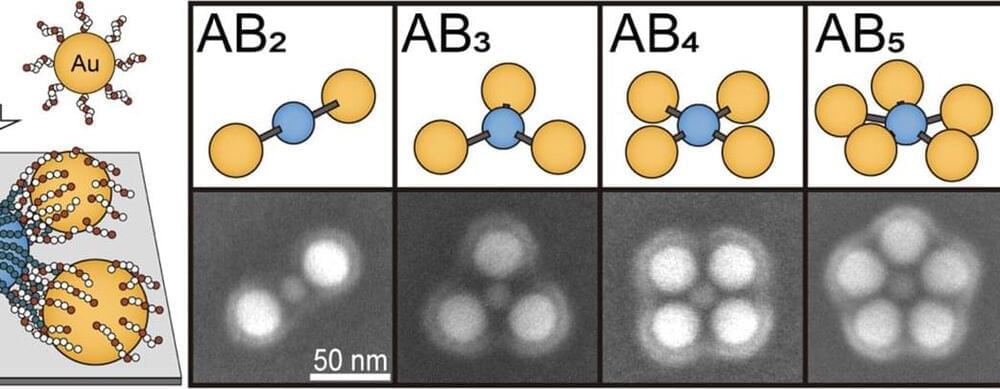In the incredibly small world of molecules, the elementary building blocks—the atoms—join together in a very regular pattern. In contrast, in the macroscopic world with its larger particles, there is much greater disorder when particles connect.
A research team at the University of Göttingen has now succeeded in achieving the same precise arrangement of atoms shown in molecules, but using nanometer-sized particles, known as “plasmonic molecules”—combinations of nanoscale metallic structures that have unique properties. The results were published in Angewandte Chemie International Edition, which has classified the article as a “very important paper.”
There is a transition area between molecular and macroscopic levels, an in-between zone called the nanometer range, where there is often a disordered aggregation of particles. Precise arrangement of nanometer-sized structures is one of the major challenges in the ongoing miniaturization in electronics, optics and medicine.
